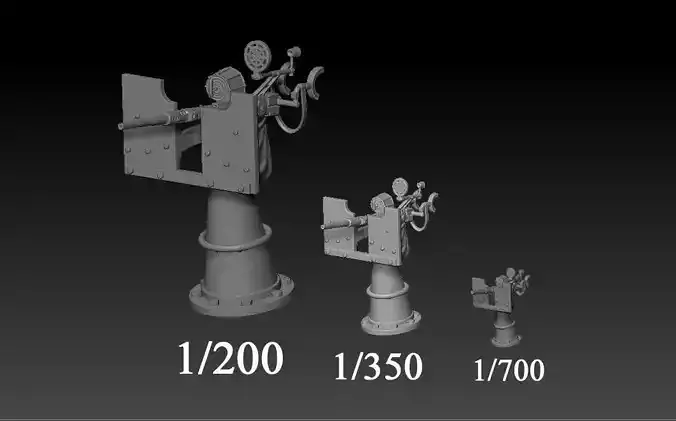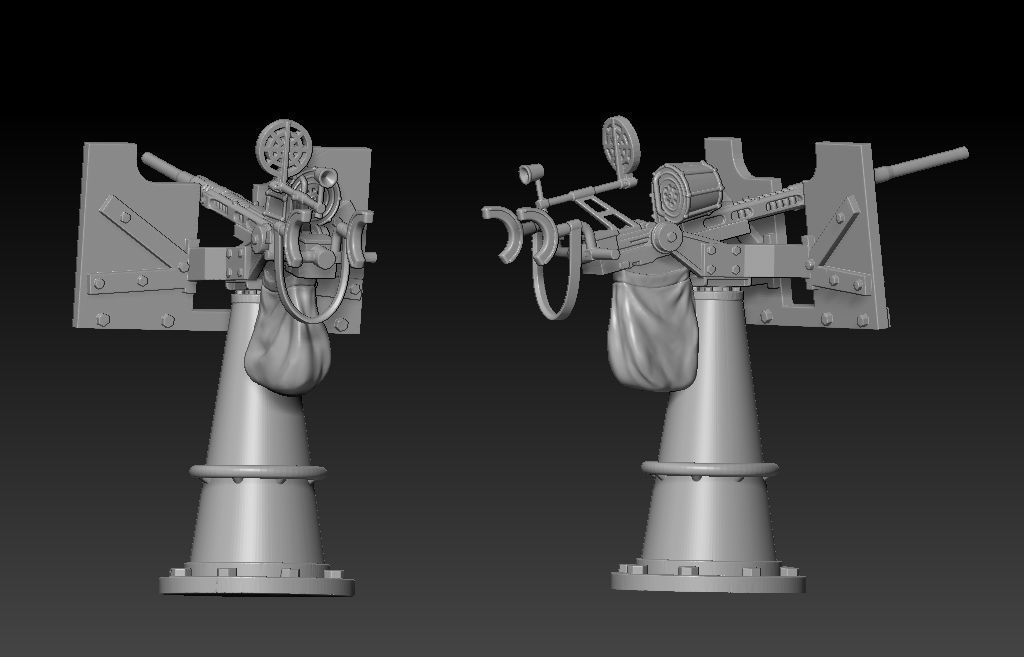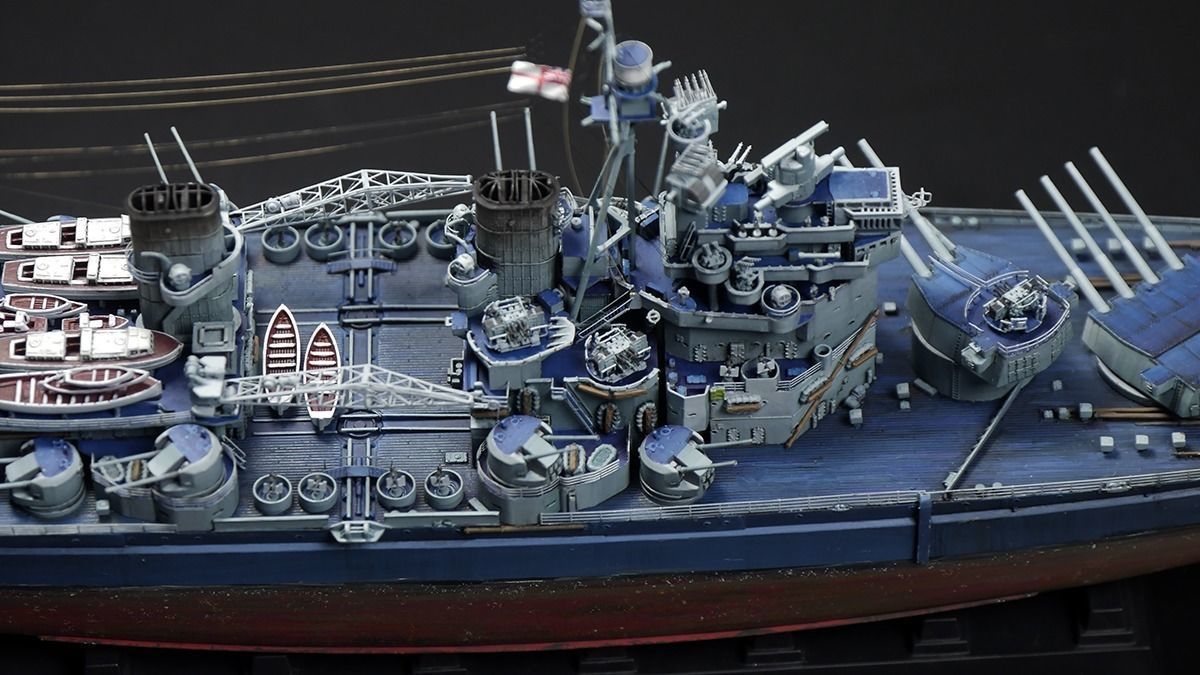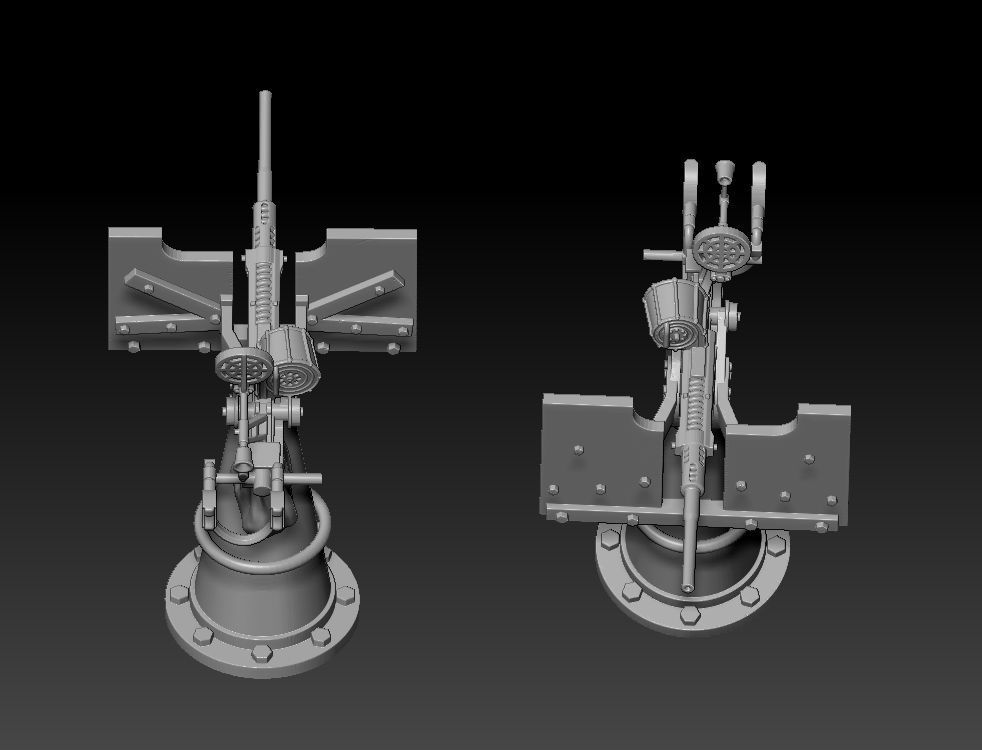
WWII Oerlikon guns for 3D print 3D print model
Oerlikon gun model from the Royal Navy during World War 2.Scale 1/200, 1/350, 1/700.
The Oerlikon became best known in its naval applications. Initially the Oerlikon was not looked upon favorably by the Royal Navy as a short-range anti-aircraft gun. In 1937–1938 Lord Louis Mountbatten, then a captain in the Royal Navy, advocated within the Royal Navy to set up an unprejudiced trial for the Oerlikon 20 mm gun, but was unsuccessful. It was not until the Commander-in-Chief of the Home Fleet, Admiral Sir Roger Backhouse, was appointed First Sea Lord that Mountbatten's efforts bore fruit. During the first half of 1939 a contract for 1,500 guns was placed in Switzerland. However, due to delays and then later the fall of France in June 1940, only 109 guns reached the United Kingdom. All Oerlikon guns imported from Switzerland, in 1940, were mounted on various gun carriages to serve as light AA-guns on land.
Just a few weeks before the fall of France, the Oerlikon factory approved manufacture of their gun in the United Kingdom, under licence. The Royal Navy managed to smuggle out the necessary drawings and documents from Zürich. The production of the first British-made Oerlikon guns started in Ruislip, London, at the end of 1940. The first guns were delivered to the Royal Navy in March or April, 1941. The RAF Regiment made extensive use of Oerlikon guns in the anti-aircraft role. These were the principal armament for its light anti-aircraft squadrons in North Africa, the Middle East, Italy, and north western Europe, until the introduction of the Bofors 40/L60 40 mm gun from 1943, although many squadrons retained a mix of guns until the end of World War 2. Squadrons in the Far East were equipped exclusively with Oerlikons.





